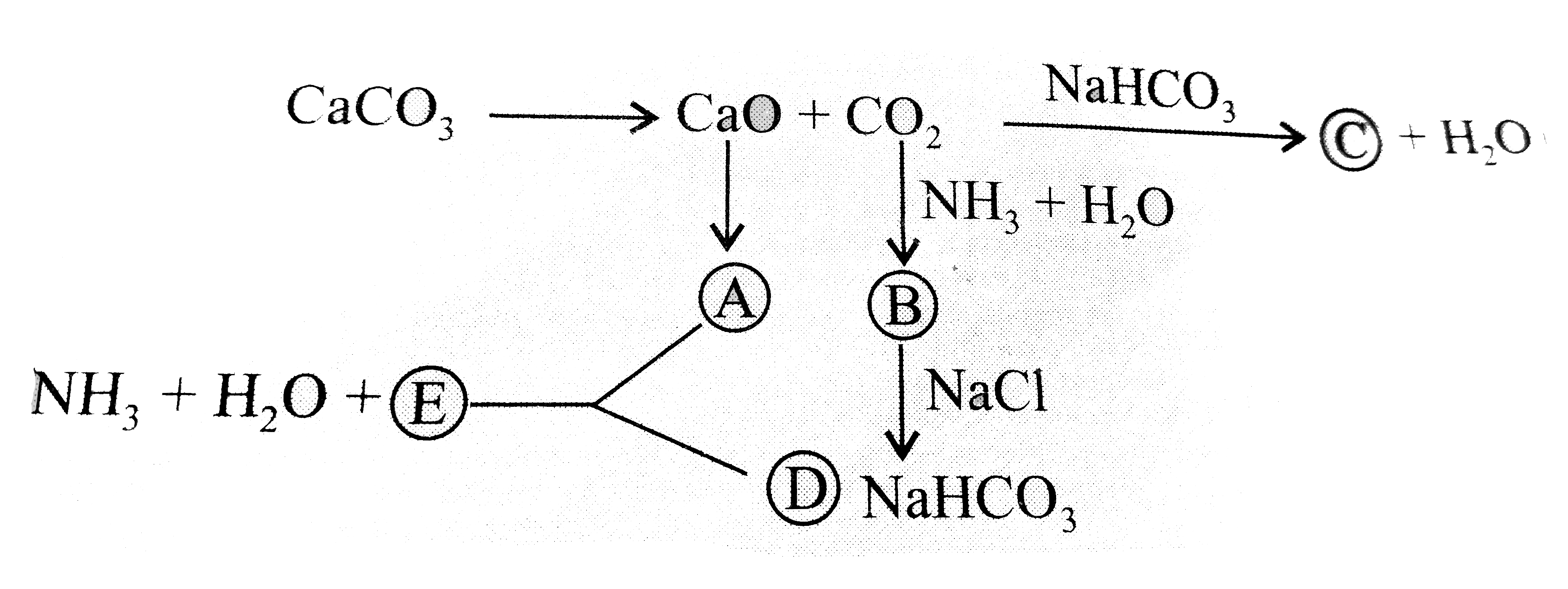Complete Solutions to Ex 4.1 (Subjective) of chapter S-BLOCK GROUP 1 - ALKALI METALS of Class 11 book with complete answers and questions
| Class 11 | CHEMISTRY |
| Chapter | S-BLOCK GROUP 1 - ALKALI METALS |
| CENGAGE CHEMISTRY | Ex 4.1 (Subjective) |
| Number Of Questions | 24 |
| Academic Year | 2023-24 |
Write three general characteristics of the elements of s-block of the periodic table which distinguish them from the elements of the other blocks.
03:23View SolutionThe alkali metals follow the noble gases in their atomic structure. What properties of these metals can be predicted from this information?
04:39View SolutionWhat is atomic number of sodium and Why is sodium metal kept under kerosene oil ?
01:49View SolutionWhen is a cation highly polarising ? Which alkali metal cation has the highest plorising power ?
02:03View SolutionWhy superoxides of of alkali metals are paramagnetic ?
02:21View SolutionAlkali metals are paramagnetic but their salts are dimagnetic. Explain.
01:55View SolutionGive reasons for the following.
LiI has lower melting point than LiF.02:13View SolutionThe Haber process can be represented as follows
 03:24View Solution
03:24View SolutionWhy does the reaction.

proceed better with KF than with NaF ?02:11View Solutionwhy lithium is kept wrapped in paraffin wax and not stored in kerosene oil ?
01:12View SolutionWhen is a cation highly polarising? Which alkali metal cation has the highest polarising power?
02:03View SolutionWhy cesium can be used in photoelectric cell, while lithium cannot be ?
02:07View SolutionGive reason for the decreasing order of the conductivity of the following.
`Cs_((aq))^(o+)gtRb_((aq))^(o+)gtK_((aq))^(o+)gtNa_((aq))^(o+)gtLi_((aq))^(o+)`02:04View Solution`NaHCO_(3)` and `NaOH` cannot exist together in solution. Why ?
01:19View SolutionOn exposure to air, sodium hydroxide becomes liquid and after sometime it changes to white power. Explain.
02:16View SolutionAlkali metals are obtained by the electrolysis of the molten salts and not by the electrolysis of their aqueous solutions. Give reason.
03:53View SolutionWhat happens when:
a. Potassium metal is dropped in water
b. Potassium is heated in free supply of air
c. Potassium superoxide is dissolved in water01:49View SolutionHow is sodium carbonate manufactured by Solvay's process? Draw a schematic diagram and explain all the steps involved in the process. What is the action of heat on sodium carbonate ?
06:06View Solutiona. Describe one method of manufacture of castic soda.
b. What happens when caustic soda reacts with
i. Ai metal , ii. `CO_(2)` , iii. `SiO_(2)`
c. Describe four industrial uses of caustic soda.04:51View SolutionAnswer the following:
Give the name of the hardest alakli metal.01:48View SolutionExplain the following:
a. Alkali metals are paramagnetic, but their salts are diamagnetic.
b. The inside surface of a glass bottle containing caustic sada becomes dull.02:43View SolutionIdentify (A) and (B) in the following:
`KO_(2)+S overset(Delta)rarr (A)`
`(A)+BaCI_(2)rarr underset("White ppt.")(B)`01:12View SolutionLiOH has been used by astronauts. Explain the use with the help of reaction.
01:43View SolutionGive the composition and action of backing powder.
01:49View Solution
Ex 4.1 (Subjective) questions and complete solutions for chapter S-BLOCK GROUP 1 - ALKALI METALS of CENGAGE CHEMISTRY (ENGLISH) of Class 11
All Exercises from CENGAGE CHEMISTRY Class 11 CHEMISTRY S-BLOCK GROUP 1 - ALKALI METALS
- Archives Assertion Reasoning
- Archives Fill In The Blanks
- Archives Multiple Correct
- Archives Single Correct
- Archives Subjective
- Archives True/False
- Ex 4.1 (Objective)
- Ex 4.1 (Subjective)
- Ex 4.1 (True/False)
- Exercises Assertion Reasoning
- Exercises Fill In The Blanks
- Exercises Integer
- Exercises Linked Comperension
- Exercises Multiple Correct
- Exercises Single Correct
- Exercises True/False
- Illustration
- Solved Examples
